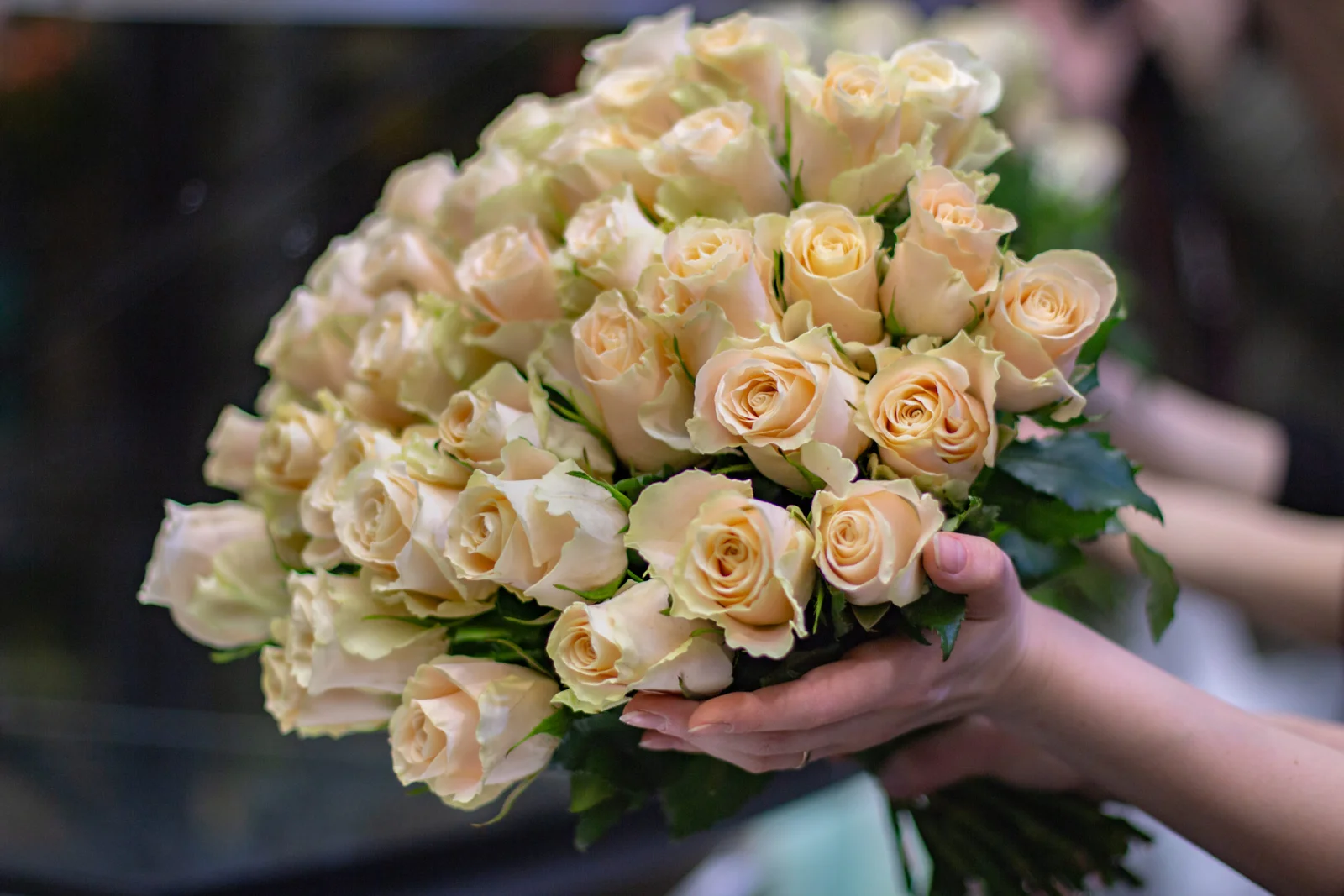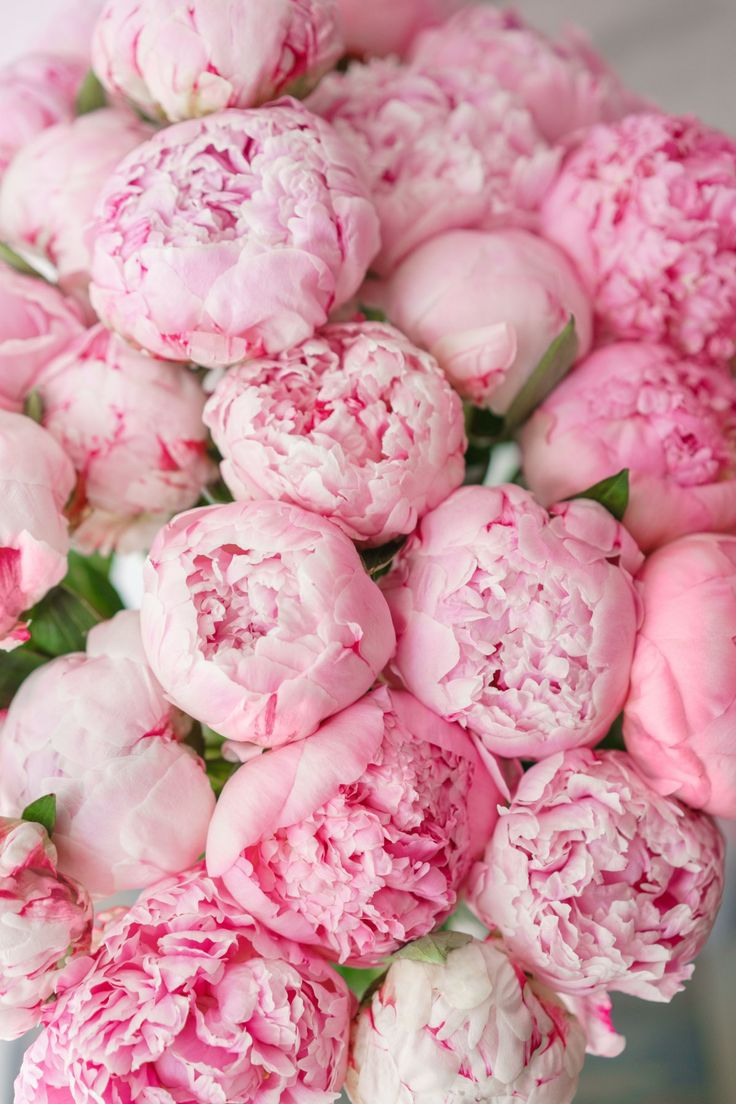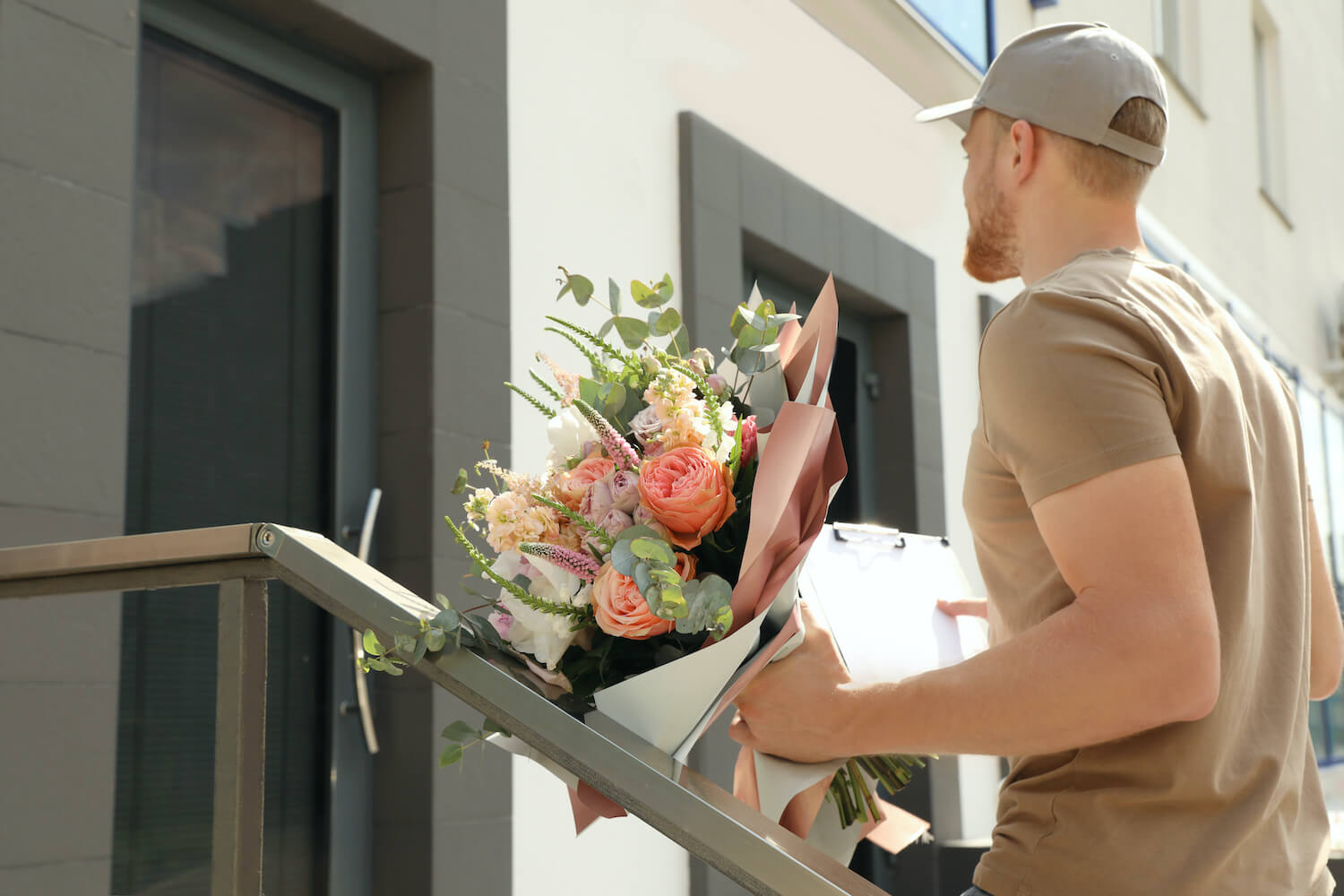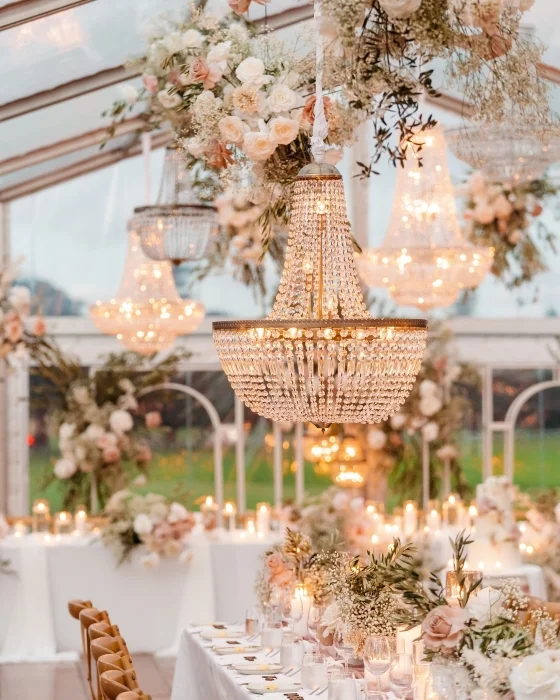Roses have accompanied humanity for centuries – from the ancient gardens of the East to the bustling cities of today. They have survived the change of eras, languages, and fashions, remaining for millennia a timeless symbol of beauty and expression. Roses are gifted at weddings and during moments of sorrow, used to decorate palaces as well as city balconies. At AvaFlowers we see it every day: roses are irreplaceable in floristry, as they can effortlessly transform dull routines into vibrant celebrations. If you want to learn more, get ready to immerse yourself in the fascinating world of roses.
What Types of Roses Exist?
It is important to understand that today’s diversity is not nature’s gift alone but the result of centuries of work by skilled breeders.
The History of Roses
It all started with the humble wild rosehip – resilient and unpretentious, yet the ancestor of all modern roses. The Persians were the first to cultivate them, while the Romans turned them into a symbol of luxury, covering their villas in rose petals. In the 18th century, cultivated tea roses were brought from China to Europe, which sparked experiments by breeders and led to the creation of thousands of varieties.
Today the assortment of roses is practically limitless: according to various estimates, there are between 25,000 and 50,000 varieties and hybrids, each with its own unique traits.
Forms, Types, and Groups of Roses
By Flower Diameter
- Small-flowered – up to 5 cm
- Medium-flowered – 5–10 cm
- Large-flowered – 10–15 cm
- Giant – 15 cm and more
By Number of Petals in the Bud
- Simple – no more than 7 petals with a completely open center
- Semi-double – 8 to 20 petals, with an open or semi-open center
- Double – more than 20 petals, closed center
By Flower Form
- Goblet-shaped – elongated vertically with tightly rolled petals
- Cup-shaped – rounded, densely filled with outward-bent petals and a semi-open center
- Peony-like – spherical heads with vertically aligned petals, resembling lace when viewed from above
- Rosette – petals arranged in concentric rows, tightly packed
- Flat – similar to wild rosehips, with one row of petals and a fully exposed center
By Type of Bush
Hybrid Tea Roses. The most popular roses for bouquets with large buds. Examples include:
- Madam Red – an old French variety with a goblet-shaped red flower.
- Paloma Steffi – also goblet-shaped but unique in color, with cream-green outer petals, delicate pearl-pink tones, and a rich pink center.
- Black Baccara – dark red, nearly black in appearance.
- Abracadabra – extravagant with dark burgundy and violet petals streaked with bold yellow stripes.
Floribunda Roses. Bushy and abundantly blooming with clusters of medium-sized flowers. Examples include:
- Snowstorm – delicate, porcelain-like cream-white flowers, ideal for wedding gifts and bridal bouquets.
- The Ingenious Mr. Fairchild – a medium-sized peony-style rose with fuchsia petals.
- Britney spray rose – a rosette type filled with apricot-cream petals that fade into soft pink.
Polyantha Roses. Miniature versions of floribundas. Compact bushes up to 60 cm tall with clusters of small double flowers 3–5 cm in diameter. Often used as border or container plants. The most popular is the Fairy variety, with tiny doll-pink rosettes just 2.5 cm in diameter.
Climbing Roses. With flexible vine-like stems that can reach up to 5 m, they are perfect for arches and walls. The most famous is New Dawn, with small, delicate light-pink flowers. These are not usually used in bouquets but are highly prized in landscape design.
And that is only the beginning: there are also shrub roses, patio roses, groundcover roses, and grandifloras – ensuring there is a rose for every taste.
Where Roses Are Grown
Roses are quite demanding. For successful growth and abundant flowering, they require plenty of light, water, and long periods of warmth.
In Ukraine, the center of rose breeding was always Crimea, where famous domestic varieties were created, such as Marichka (a crimson-silver rose) and Crimean Gem (a golden-yellow flower with red edges, turning orange-red as it blooms). Globally, the main producers are determined by their climate and experience. The most authoritative growers are:
- The Netherlands. Pioneers of floriculture with centuries of experience. Dutch roses are medium-sized (45–70 cm stems) and come in an immense variety of shades, grown year-round in greenhouses.
- Ecuador. Located on the equator, with year-round summer and mountain spring water for irrigation. Ecuadorian roses are among the largest (up to 120 cm), with thick stems and large goblet-shaped blooms, often in red and white shades.
- Kenya. In the Great Rift Valley, the climate is also ideal. Unlike Ecuadorian roses, Kenyan roses are much smaller (up to 40 cm), with tiny decorative emerald leaves and predominantly pink flowers. Despite their delicate look, Kenyan roses are the most durable in cut form.
- Colombia. Thanks to its unique geography, Colombia is one of the world’s top rose exporters. High-altitude plateaus near Bogotá and Medellín provide the perfect balance of cool nights and sunny days, which promotes slow growth and vibrant color saturation. Colombian roses are known for their long, sturdy stems (up to 90 cm), uniform bud shapes, and a wide color palette — from classic reds to rare bicolors. Grown year-round, these roses combine the elegance of Dutch varieties with the impressive size of Ecuadorian blooms, making them highly popular in the U.S. and European markets.
At AvaFlowers, we work directly with these top growers, so you can be confident in both the quality and freshness of every rose.
Additional Details and Symbolism
Over millennia, roses have accumulated countless meanings – from sacred texts and coats of arms to myths and legends.
Symbolism of Roses
- In most cultures, red roses symbolize love and passion, while white roses represent purity and innocence. In Christianity, the white rose symbolizes the Virgin Mary, while the red rose signifies martyrdom.
- In Japan, yellow roses are a sign of joy and prosperity, while in Europe they sometimes represent jealousy or envy.
- In China, wild roses were associated with immortality, and dried buds were used in “elixirs of youth.”
- Japanese samurai decorated their weapons with the higo rose, symbolizing resilience.
- For the Rosicrucians, roses symbolized divine wisdom hidden in the heart of matter, and their union with the cross represented harmony between spirit and matter.
- Sub rosa (Latin for “under the rose”) symbolized secrecy: carved roses in meeting halls indicated that all spoken words should remain confidential.
Interesting Facts about Roses
- The oldest rose bush grows in Hildesheim, Lower Saxony, Germany, and is said to be over one thousand years old.
- The largest rose variety is Paul Neyron, with flowers 18–20 cm in diameter, while the smallest is the miniature Si rose, with blooms as tiny as 0.7–2.5 cm.
- The Mutabilis rose is a true chameleon: over the course of one week its flowers change from copper-yellow to pale pink, then bright crimson, and finally burgundy. On one blooming bush, flowers of all shades can be seen at once.
Rose Bouquets: Choosing and Caring for Them
How to Choose Roses
When selecting roses, make sure they meet these criteria:
- Stems should be straight, firm, and free of dark spots.
- Buds should be firm but not rock-hard, with semi-open petals.
- Leaves should be fresh, green, and without yellow edges.
Professional tip: gently press the base of the bud. If you hear a faint crunch, you have found a perfectly fresh rose.
Caring for Roses
Roses are noble flowers, and beyond the usual care (changing water daily, trimming stems, removing wilted petals), they benefit from additional attention.
- Mist the petals with cool water daily, while keeping the bouquet away from drafts and direct sunlight.
- Place the bouquet in cool water with a few ice cubes overnight. Within 4–5 hours the roses will drink and restore their freshness.
- To revive wilting roses, immerse their stems in hot water for 30 seconds, then transfer them to cold water for one hour.
Buying roses is just the beginning. Preserving their freshness is an art of its own. Collected and prepared properly, roses will stay vibrant and elegant for much longer.
At AvaFlowers, we provide only the finest-quality roses, sourced directly from trusted growers in the Ecuador and Colombia. Whether you need a delicate bouquet for a loved one or wholesale volumes, we guarantee freshness, beauty, and reliability backed by years of expertise.
Roses remain what they have always been: elegance, history, and beauty in every bloom.



